Westside PUFAs
Member
- Joined
- Feb 4, 2015
- Messages
- 1,972
Follow along with the video below to see how to install our site as a web app on your home screen.
Note: This feature may not be available in some browsers.
Click Here if you want to upgrade your account
If you were able to post but cannot do so now, send an email to admin at raypeatforum dot com and include your username and we will fix that right up for you.
That makes sense to me.They look a bit like taro but it's still not the same. They are two different tuber species.
The one with whitish flesh with purple streaks? Or the really purple-fleshed one?purple ... sweet potato?
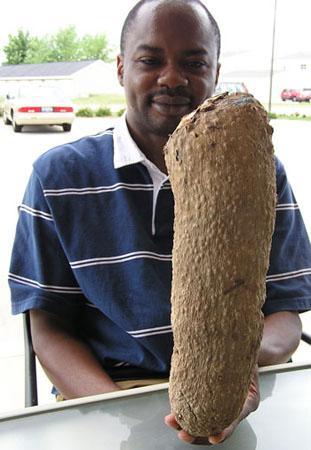
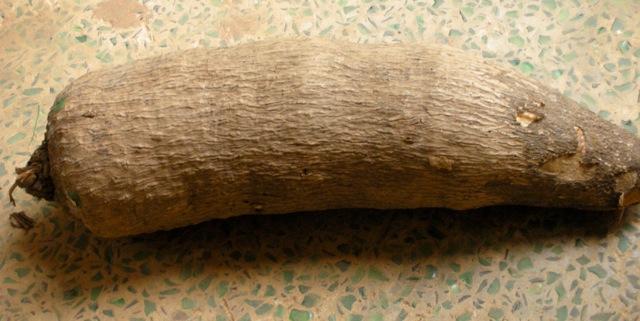
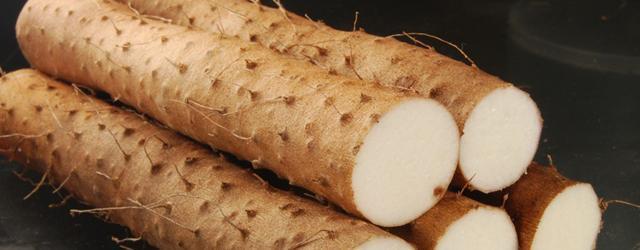
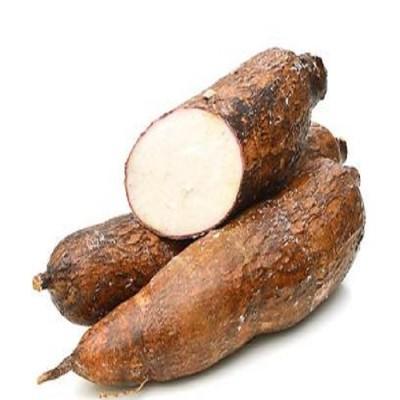
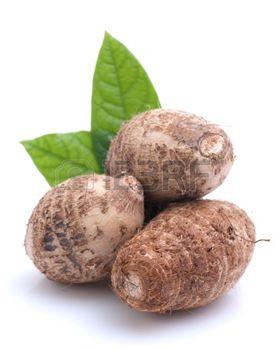
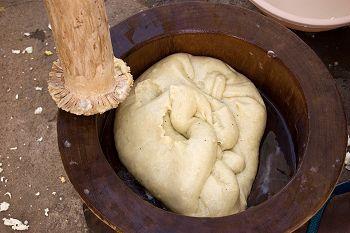
Worse than Jerusalem (f)artichokes? :)Absolutely hate sweet potatoes. They will cause me to fart like no other food will.
Worse than Jerusalem (f)artichokes? :)
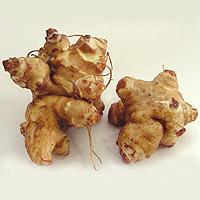
Yep, delicious roasted or boiled as soupy puree, but most productive over the following hours. :) So I don't eat them often. Easy to grow, related to sunflowers maybe?I've seen them a few times in the supermarket but never actually tried them. You're talking about those little things here, right?
Loaded with resistant starch. One of the bad times was the day after we had a bunch of these in our dinner.I've seen them a few times in the supermarket but never actually tried them. You're talking about those little things here, right?

They call them topinambur here.
There's a store here that carries something called "Friedas Potatoes, Purple Sweet, Stokes." On Friedas website, they're listed as an Okinawan sweet potato, but then a search for Stokes potatoes turns up a story about a man in North Carolina that was given a purple sweet potato of unknown origin. The man patented them and they're sold under the Friedas brand. I plan on trying them once they're in stock.have either of u ever tried purple yam/sweet potato? they taste like candy,so yummy & so healthy. the small ones r the sweetest.
That doesn't surprise me, given the effects.Loaded with resistant starch.
Cassava (also called manioc, yuca) look similar but are a completely different plant family (but I personally don't like them because of their high cyanide content)